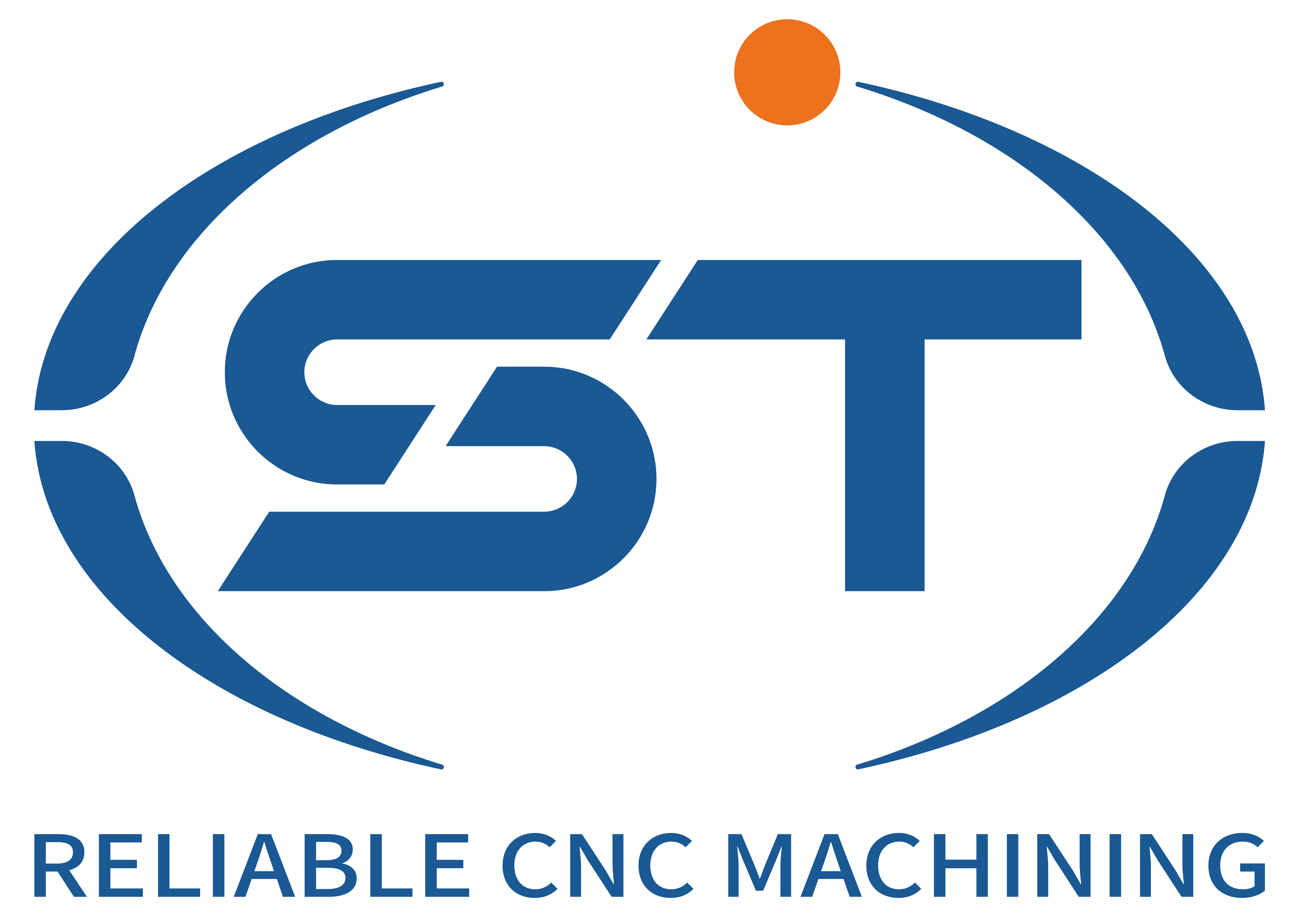Big Data Analytics Applications in CNC Machining for Automotive Components
The automotive industry’s demand for precision, efficiency, and zero-defect production has propelled the adoption of big data analytics in CNC machining. By collecting, processing, and analyzing vast datasets from machines, sensors, and processes, manufacturers can uncover insights that optimize operations, reduce waste, and enhance quality. Below are key applications and benefits of big data analytics in automotive CNC workflows.
Table of Contents
ToggleProcess Optimization Through Real-Time and Historical Data Analysis
Big data analytics enables manufacturers to monitor CNC machining processes in real time while leveraging historical data to identify trends and inefficiencies. Sensors embedded in machines collect data on variables such as spindle speed, feed rate, tool wear, and vibration. By analyzing this data, analytics platforms can detect deviations from optimal conditions—for example, a sudden increase in cutting forces that might indicate tool degradation or material inconsistencies.
Machine learning algorithms process historical datasets to refine cutting strategies. For instance, by correlating past process parameters with part quality metrics, analytics tools can recommend adjustments to feed rates or toolpaths to minimize cycle times while maintaining dimensional accuracy. This data-driven approach reduces reliance on trial-and-error methods, accelerating process optimization and improving consistency.
Analytics also support energy efficiency initiatives. By analyzing power consumption patterns across machines and shifts, manufacturers can identify energy-intensive operations and implement adjustments—such as optimizing spindle speeds or reducing idle times—to lower energy costs and environmental impact.
Predictive Maintenance and Tool Life Extension
Big data analytics is a cornerstone of predictive maintenance in CNC machining. By aggregating data from machine sensors, tool monitoring systems, and maintenance logs, analytics platforms can forecast equipment failures or tool wear before they occur. For example, if a machine’s vibration profile deviates from its baseline, the system might predict bearing failure and schedule maintenance during a planned shutdown, avoiding unplanned downtime.
Tool life management benefits significantly from analytics. By tracking factors like cutting time, temperature, and material hardness, analytics tools can estimate tool wear rates and recommend replacements based on actual usage rather than fixed schedules. This “condition-based” maintenance reduces tooling costs and minimizes the risk of part defects caused by worn tools.
Analytics also supports root-cause analysis of maintenance issues. By cross-referencing failure data with process variables, manufacturers can identify patterns—such as a correlation between high spindle loads and premature bearing failures—and implement corrective actions to prevent recurrence.
Quality Control and Defect Prevention Through Data-Driven Insights
Big data analytics transforms quality control in CNC machining by enabling real-time defect detection and process correction. Analytics platforms integrate with inspection systems—such as coordinate measuring machines (CMMs) or in-process vision sensors—to analyze part dimensions, surface finishes, and geometric tolerances. If a defect is detected, the system can correlate it with process data (e.g., tool wear, cutting parameters) to pinpoint the cause and adjust parameters for subsequent parts.
Statistical process control (SPC) techniques, enhanced by big data, provide deeper insights into quality trends. By analyzing large datasets, manufacturers can identify subtle variations in part quality that might go unnoticed in smaller samples. For example, analytics might reveal a gradual drift in hole diameter over time, prompting adjustments to tool offsets or machine calibration.
Analytics also supports closed-loop quality systems. When a defect is identified, the system can automatically trigger corrective actions—such as halting production, alerting operators, or adjusting machine parameters—to prevent further defects, ensuring consistent quality across batches.
Supply Chain and Production Planning Optimization
Big data analytics extends beyond the shop floor to optimize supply chain and production planning in automotive CNC operations. By integrating data from suppliers, inventory systems, and production schedules, analytics platforms can forecast raw material needs, optimize delivery timelines, and reduce lead times. For example, if analytics detect a spike in demand for a specific component, they can trigger automated reordering of raw materials or adjust production schedules to prioritize high-demand parts.
Analytics also supports demand forecasting by analyzing historical sales data, market trends, and customer orders. This enables manufacturers to align CNC machining capacity with expected demand, avoiding overproduction or stockouts.
Furthermore, analytics enhances production planning by simulating “what-if” scenarios. By modeling the impact of changes—such as introducing a new material or adjusting machine parameters—manufacturers can evaluate risks and optimize plans before implementation, ensuring smooth operations and resource allocation.
By harnessing big data analytics, automotive manufacturers elevate CNC machining from a reactive process to a proactive, data-driven discipline. From real-time process optimization and predictive maintenance to quality control and supply chain efficiency, analytics enables smarter, faster, and more reliable production—critical in an industry where precision, agility, and uptime define competitiveness.




